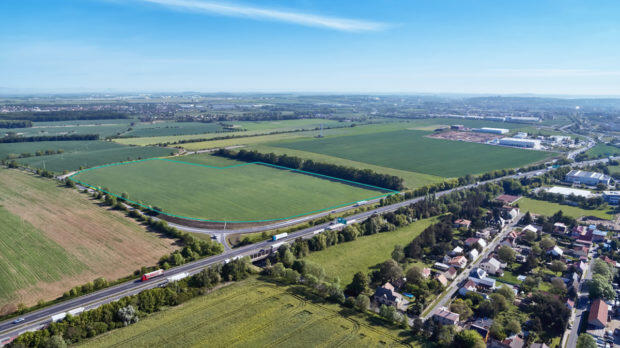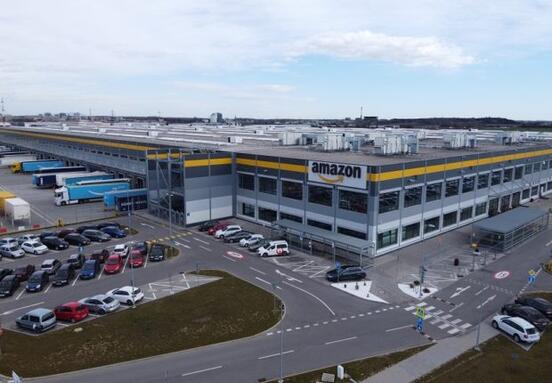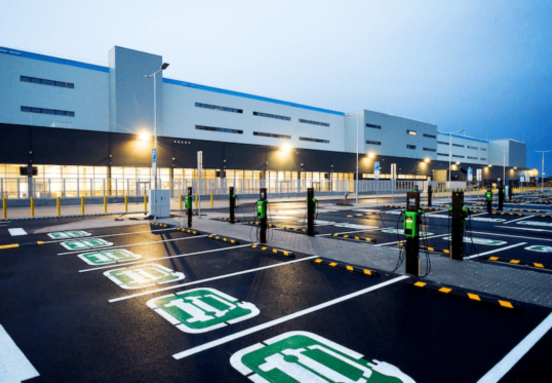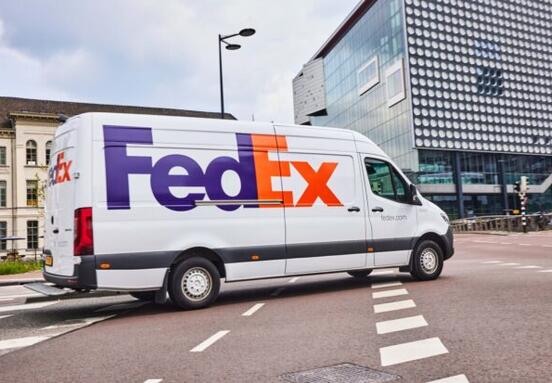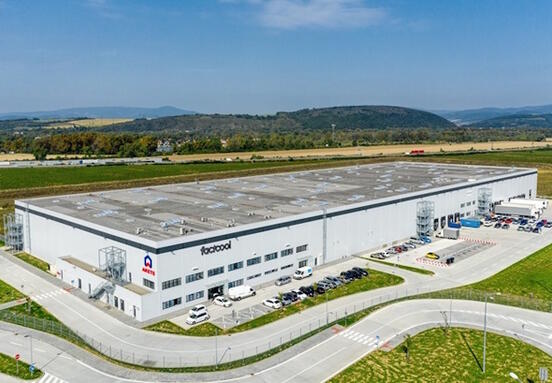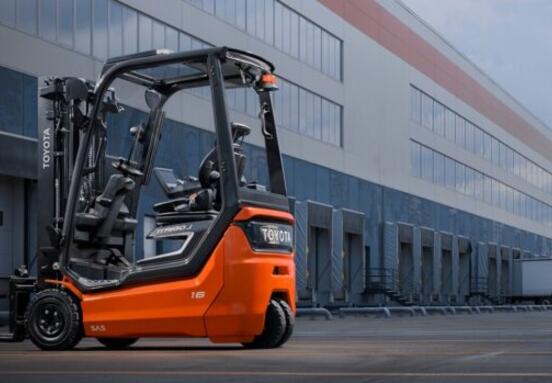The report aims to distinguish transient changes in the behavior of people and companies during a pandemic from permanent factors that will affect supply chains in the future. As a result of the easing of demand, which is currently blocked by measures related to the COVID-19 pandemic, Prologis Research expects an increase in spending on experiences, travel, entertainment or shopping in brick-and-mortar stores in the mid to late 2021.
In addition, the demand for logistics is also shaped by permanent factors. For example, the rate of long-term structural growth in the logistics real estate sector has increased. The use of the real estate for the purpose of satisfying consumption increased its share in the total demand for logistics premises. Use for production and trade purposes has decreased.
Technology and demography are transforming retail
Consumer expectations have steadily increased. Prologis Research predicts that e-commerce usage rates will increase by ~ 150 basis points per year worldwide over the next five years. Stone sales will remain competitive through faster supply.
Examples of best practice in logistics
The expansion of companies around the world is testing the resilience of the supply chain, and this requires modern logistics real estate and decentralized networks. Together with a growing class of consumers, this global change could mean the need for modern logistics real estate of at least three to four billion square feet in the next cycle.
Location is more important for customers in the logistics real estate sector than ever before. Functional supply chains are a key competitive advantage and will continue to affect companies' financial performance.
The price elasticity of demand has decreased
Planning decisions within the logistics network can bring benefits to companies in terms of revenue generation and cost control that far exceed their logistics building expenses. Real estate for companies represents only 5% of their total costs in the supply chain.
Although there was a change in the correlation of logistics with economic variables, part of the business remained unchanged. Many small and medium-sized enterprises continue to be influenced by local economic and investment trends. Those companies that are more committed to changing retail and supply chain strategies will shape the nature of demand and customer profiles in logistics over the next few years.
Source: // Systémy logistiky
